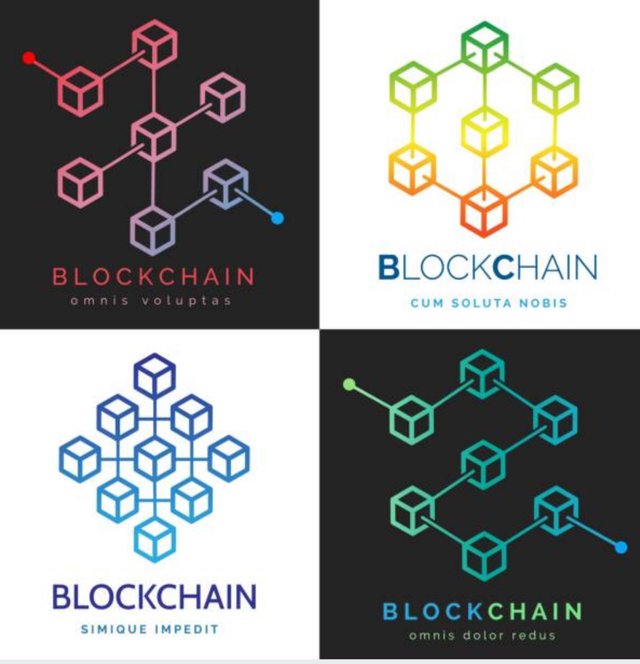Types of Concensus POW, POS, DPOS and POA.

Now that Binance Smart Chain platform PanCakeSwap has surpassed Ethereum’s Uniswap as the number one decentralized automated market maker exchange in the world, the subject of the so called consensus models like POW, POS DPOS and POA, has arisen and is being discussed in the community. I think it's a good time for a simplified look at consensus models in cryptocurrency.
Examples of consensus models
A simple way to look at consensus is agreement. And in general terms, the agreement is that the transactions are accurately recorded, the ledger is correct, the software is working, and the blockchain is secure.
POW = Proof of Work = Bitcoin
POS = Ethereum 2.0
DPOS = EOS, Hive
POA = IBM Hyperledger, Ethereum Kovance and Binance Smart Chain
Bitcoin = Proof of Work
Cryptocurrency communities began with the Bitcoin Community, which establishes consensus or verifies transactions and the integrity of the blockchain ledger using a distributed networks of computers which run the software and perform verification functions. It was a core belief that a distributed network was a core component of decentralization. This is the reason that Decentralization is a rallying cry for cryptocurrency communities.
However, there are issues with transaction speed, transaction cost and limited ability to process ever increasing numbers of transaction per minute, (scaleability)in the Proof of Work model.
Proof of Stake
These issues with transaction speed, transaction cost and limited ability to process ever increasing numbers of transaction per minute, (scaleability) which plague the Proof of Work model, were addressed with the original Proof of Stake Blockchain projects.
Proof of Stake consensus models require purchases of tokens and locking them up in smart contracts to become involved verifying transactions, maintaining ledger integrity and insuring consensus. These people are called Validators. This still allowed anyone with capitol to be involved in consensus.
This is less decentralized then Proof of Work, but because only Validators are rewarded for participating in consensus. But the numbers of people who became Validators and be involved in consensus was still very large, so it was still deemed to be decentralized.
Delegated Proof of Stake
While Proof of Stake was an advance in performance over Proof of Work, it had it's own drawbacks. And in an evolutionary sense it was followed by Delegated Proof of Stake, or DPOS.
In DPOS individuals who want to be paid to run copies of the blockchain software, verify the accuracy of transactions and maintain the integrity of the blockchain ledger, also have to buy tokens, and lock them up in smart contracts. But these things don't earn them rewards like simple Proof of Stake. These people only earn rewards, if they have also been voted into a limited number of positions called witnesses. They people who can vote are members of the community, who have also bought tokens and locked them up in smart contracts. These selected individuals are called Witnesses and are now the only people being paid to be involved in insuring the integrity of the blockchain ledger.
Because the number of Witnesses in DPOS, is usually smaller than the number of Validators in Simple Proof of Stake, DPOS is in a sense, less decentralized then simple Proof of Stake. However, because the Witnesses are voted in by every member of the community, the process is thought to be democratic and equivalent to decentralization.
Additionally this governance or consensus model allows transactions to be free, transaction speed is faster, and scaleability if greater. (The ability to process an increasing number of transactions per minute).
As you can see, as measured by the original core concepts of decentralization in blockchain communities, there is a relative spectrum of decentralized and more centralized systems.
I believe that Proof of Work, as originally designed, is the most decentralized, next is Proof of Stake, then comes Delegated Proof of Stake. I think this structural overview is very helpful, when we turn our attention to the governance model of Binance Smart Chain and Binance.
Proof of Authority
This model of consensus, i.e verifying the accuracy of transactions, the integrity of the blockchain ledger and agreement on same, called consensus is mediated through yet another form of governance called Proof of Authority or POA. It is a bit complex to describe, but a simplified exclamation would be that only individuals who buy very large numbers of the token, stake or lock up those tokens in smart contracts, form unions or associations with others who have done the same, so that they control very large numbers of tokens, and run copies of the blockchain software on their computers, and don't miss any blocks, and don't allow double spends or other occurrences which threaten the integrity of the blockchain ledger, and are selected by their peers to be Authorities, are paid or earn large token rewards.
This system allows lower transaction fees, faster transaction times, and greater scaleability then Proof of Work or Proof of Stake. It also allows greater speed, and scaleability then some DPOS systems. Its relative centralization allows faster response to changes, faster modifications and more easily allows the commitment of vast blockchain resources on projects thought to benefit the ecosystem.
Decentralization and centralized decentralized systems.
I hope that at this point in your reading you understand that life is not simply black and white. Its a spectrum from black to white, with many shades of gray. It is also necessary to interject one more complicating factor. Even the most decentralized Proof of Work systems can be controlled by coalitions of distributed networks collaborating to control consensus or governance.
As children, our knowlege of the world is limited, so we seem to gravitate towards simplistic determinations of good or evil. But as adults we learn more about the world and understand it's not that simple. We learn that good people do evil things for good causes. And that evil people do good things for evil causes. And that every permutation or variation of those two scenarios also occurs.
Many in the world of cryptocurrency seek to divide the world into camps of good and evil, based on perceptions or notions of decentralization versus centralization. But I would suggest that the more you learn, the less certainty you possess about such determinations. In cryptocurrency, as in the world, it's hard to determine whose good and whose bad sometimes. But the more you learn, the more you read, the more you actually perform transactions, the better capable you understand that by their deeds shall you know their heart.


Thank you for bringing valuable knowledge to the Steemit community. Much apreciated :)
Your welcome. Thank you for your compliment.
can I translate your post into Indonesian ?? so that my friends understand this
Sure.